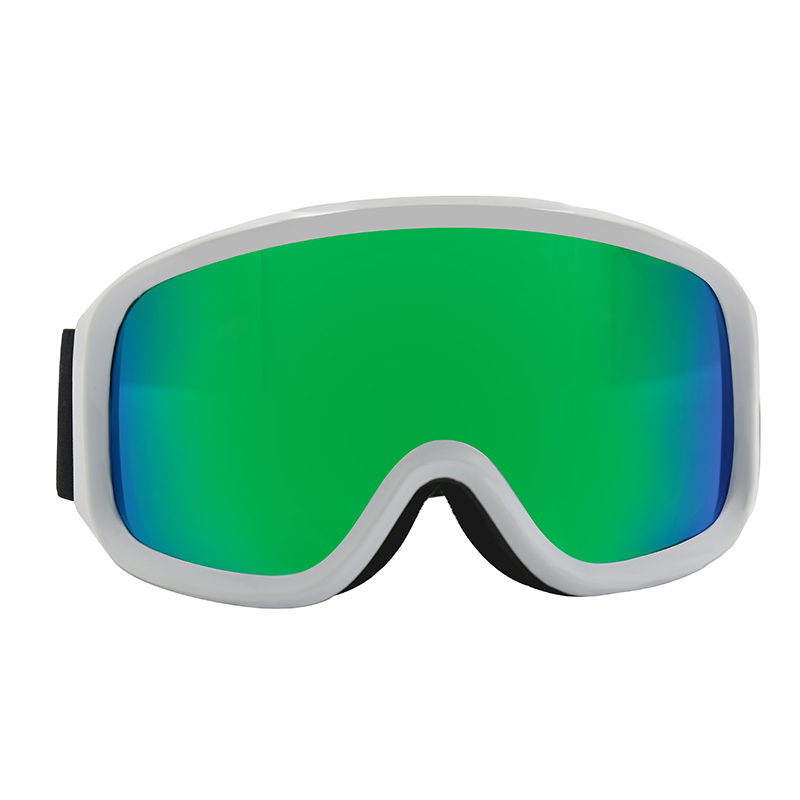How to choose goggles correctly?
2025-10-09
Goggles mainly come in three types: dust-proof, impact-proof, chemical-proof, and radiation-proof. While the lenses of the first three types are all colorless glass, they actually have distinct characteristics due to their different protective properties.

Arc Radiation
People working in electric welding, gas welding, steelmaking, and glassblowing industries often need to wear goggles to protect against arc radiation. However, the lenses of arc radiation-proof glasses come in different shades, designed to meet different requirements. When choosing goggles, consider the intensity of the arc radiation during the work.
The stronger the arc radiation, the darker the lens; conversely, the lighter the arc radiation, the lighter the lens. This is because infrared radiation from strong arc radiation can penetrate the lenses and irritate and damage the eyes, leading to occupational cataracts over time. Conversely, wearing dark protective glasses for long periods of time when the arc radiation is weak can significantly impair vision.
Dust-proof Goggles
As the name suggests, dust-proof glasses are used to protect against dust. Generally, the requirements for these lenses are relatively low. Impact-resistant glasses have very high requirements for lenses; they must be impact-resistant. For example, lathe operators, sanders, and stonecutters should all wear impact-resistant glasses. If these workers wear standard dust glasses, flying iron sand and gravel will shatter the glasses, causing greater eye damage.
Chemical Splash
Chemical goggles must have lenses that are resistant to acids, alkalis, and corrosion.
Key Characteristics of Goggles
| No. | Key Characteristics | Characteristics Description |
|---|---|---|
| 1 | Frame Material | The frame materials for protective glasses are commonly divided into three types: metal, plastic, and rubber. The appropriate material should be selected based on the required protection level and comfort. |
| 2 | Lens Material | Commonly used lens materials include polycarbonate and glass. Polycarbonate lenses are lightweight, flexible, and resistant to breakage, making them suitable for sports and daily use; glass lenses are heavier but harder, making them more appropriate for industrial applications. |
| 3 | Lens Color | Different lens colors are suitable for different work scenarios. Grey and brown lenses are appropriate for outdoor activities and strong light environments, while transparent lenses are suitable for indoor work. |
| 4 | Size and Shape | Choose the appropriate protective glasses based on your face shape and head size to ensure better comfort and visual effect. |




